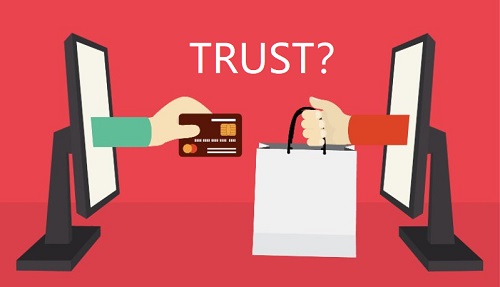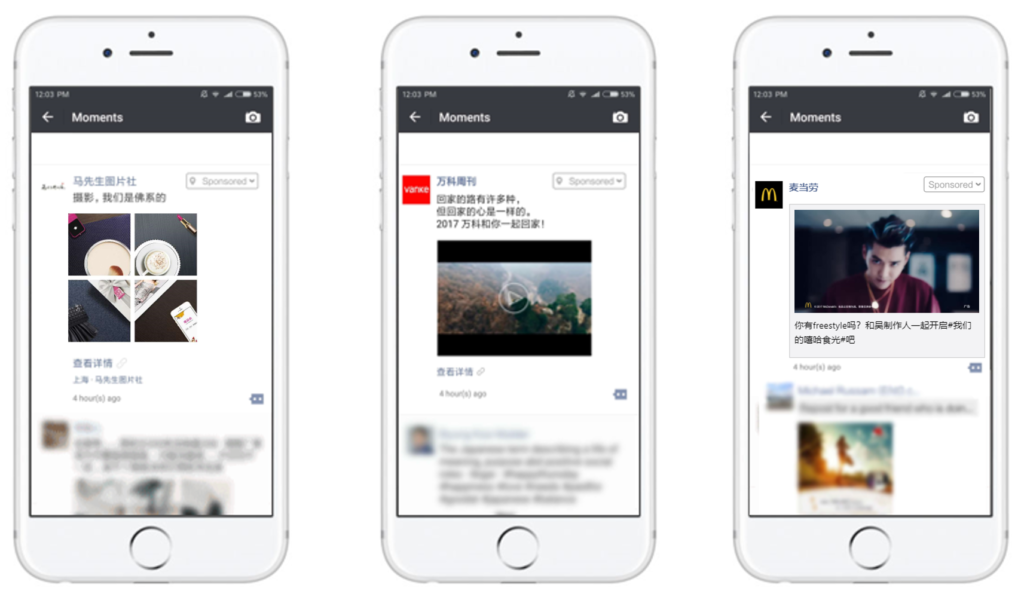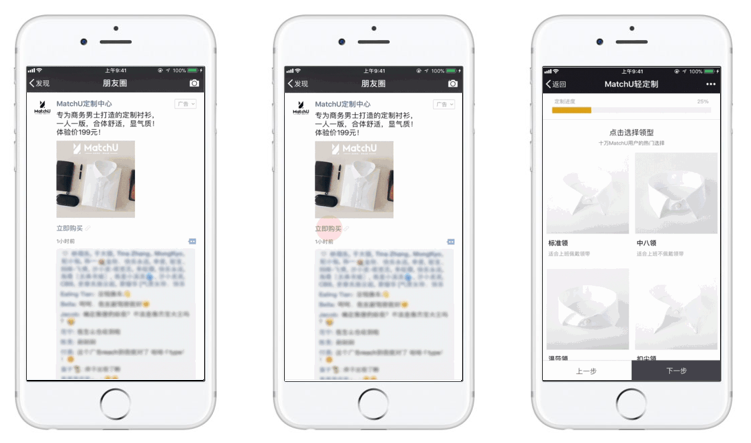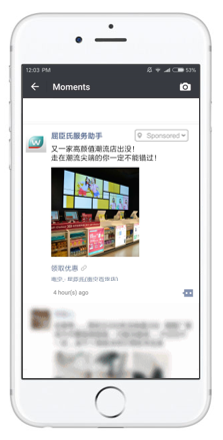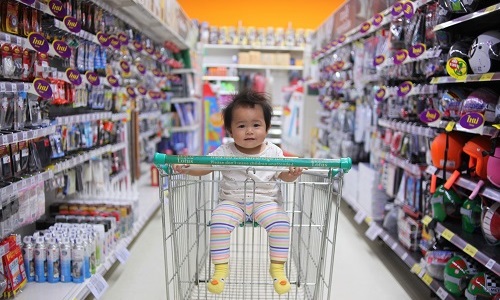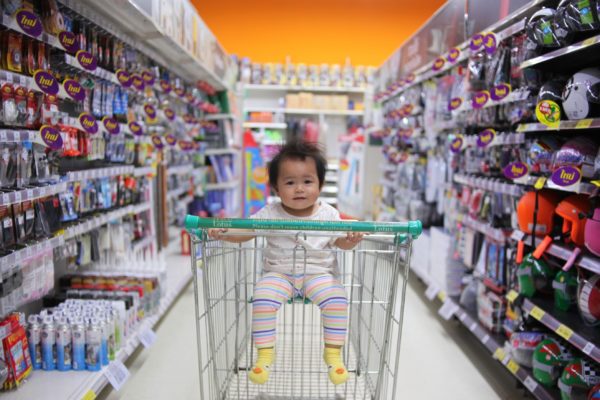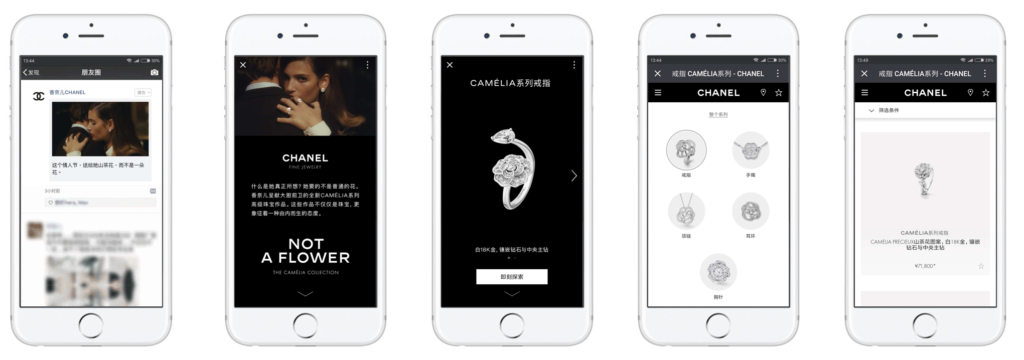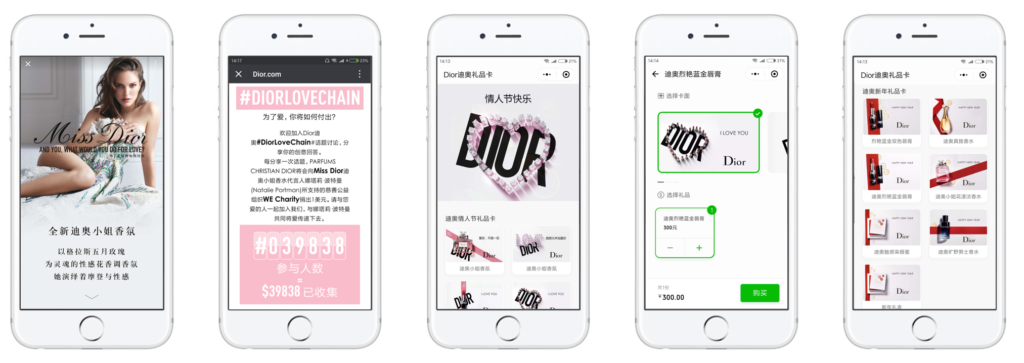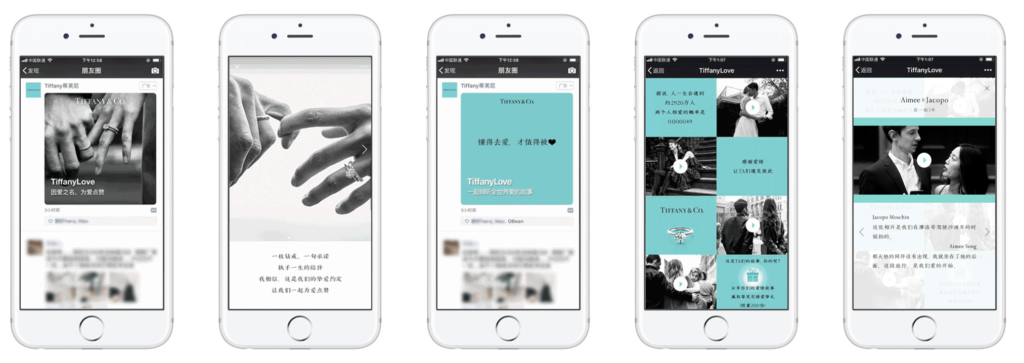China can be a complicated market for foreign brands to do business. From hosting a website to running a social media campaign, the digital norms in China deviate from those in the West and localizing is paramount to success.
The two most obvious “first steps” are registering a verified WeChat and Weibo account, which are the respective “WhatsApp” and “Twitter” of China.
So that is WeChat & Weibo, but what’s next?
You’ve successfully set up a verified WeChat and Weibo account and you’re ready to grow your brand’s user base. The key now is preparing what content you want to push through these two platforms and setting up other complimentary niche digital marketing channels.
In this post, we look at five ways to grow your brand online in China.
- Identify and reach out to key opinion leaders
Using your new social media accounts or going through an agency/KOL broker, now’s the time to reach out to key opinion leaders (KOLs) and potential celebrity endorsements. The aim is to generate buzz on existing WeChat and Weibo accounts from more established (and probably well-known) users to drive traffic to your own social media accounts, website, or ecommerce listing on say Tmall or JD.COM. Celebrity endorsements and product placements are other more expensive brand marketing options. The Chinese tennis superstar, Li Na, for example, is a Global Health Ambassador for the Australian vitamins company Blackmores.

Source: Australian vitamins selling out in China, as ‘clean and green’ demand soars | afr.com
- Live-streaming
Live-streaming platforms such as YY, Yingke & Huajiao offer an accessible starting point to build a brand following in China. And if you have a bigger budget it is a great way to tap into an existing online audience through cooperation with prominent online celebrities. Live-streamed content, such as brand demonstrations, can be edited and uploaded to Chinese video sharing sites later, such as Youku and then promoted through your WeChat and Weibo accounts.
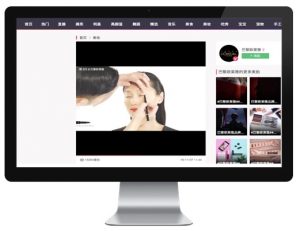
L’Oréal’s streamed cosmetic demonstration on Meipai. Source: meipai.com
- Pick the right niche platforms
Beyond the general appeal of Weibo and especially WeChat in China, there is a massive variety of other social platforms to build an audience and promote your brand. The live-streaming market, for one, is still fragmented and choosing the right platform is critical. Meipai, for example, is a premier choice for beauty and fashion, whereas Inke promotes themselves as the platform for super stars. Although at the same time attracting family-friendly content and social awareness campaigns (e.g. to avoid the extreme pollution in 2016, teachers live-streamed classes in Beijing so students could stay indoors). Besides live-streaming niche platforms there are also smaller social and ecommerce platforms that have flourished around specific industries. For example, Meiya which is purely focused on cosmetics & make-up tips for woman. Or the ecommerce platform called Little Red Book, which focuses purely on cross border ecommerce. Consumer reviews are key on this social commerce platform and KOLs turn their reviews into selling points for brand products. All these social, ecommerce or even hybrid niche platforms usually have between 100 and 200 million registered users and over 50 million MAUs (Monthly Active Users).
- Launch a China-facing brand website
Building a China-facing website will help to drive sales, capture leads, and demonstrate the credibility of your brand in China. One of the priorities for your website should be to host inside Mainland China or as close as possible, with Hong Kong a suitable second option. You can also add links to your Weibo, WeChat and other social media accounts on your website as visitors may wish to cross-reference your brand’s other online assets and follow you on their preferred platform.
- Search engine visibility
Search engines are a key channel to reach China’s 772 million online users and to attract traffic to your website. Best practices in search engine optimization generally follow the basic standards in the West. However, there are a number of exceptions. First, search engines in China favor websites hosted in Mainland China and that have registered for an ICP (Internet Content Provider) license. Also, unlike their Western counterparts, Chinese search engines do not have the same sophisticated technology to detect and index mobile design. That being the case, site owners need to upload two separate sitemaps to the respect search engine in order to be properly indexed: one sitemap for mobile and one sitemap for PC.
Of course, these 5 tips are just the tip of the iceberg when it comes to the possibilities in Chinese Digital Marketing. But they should give you a pretty understanding of how diverse the choices are for ways to grow a brand in this environment.
Not sure where to get started and need help picking the right channels for your brand? Don’t worry! AgencyChina is here to help you build a better digital marketing strategy to bridge the gap between the Western and Chinese side of your business.


